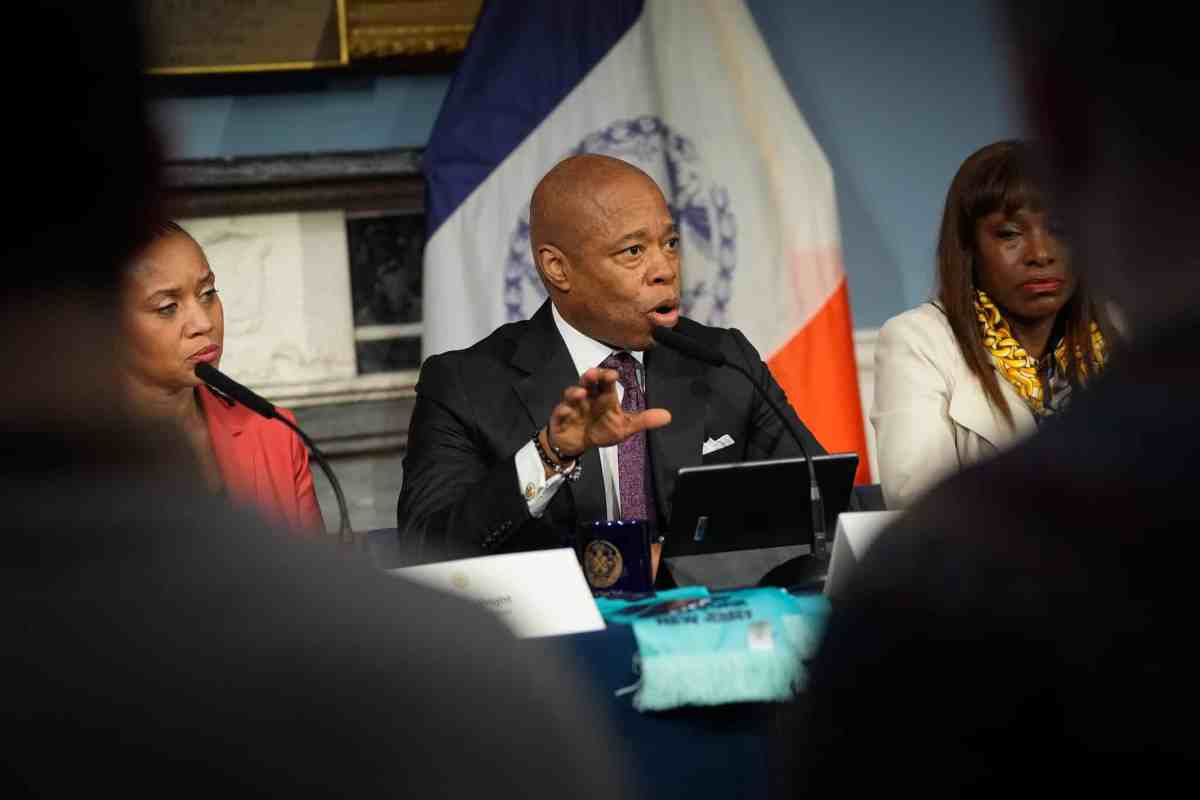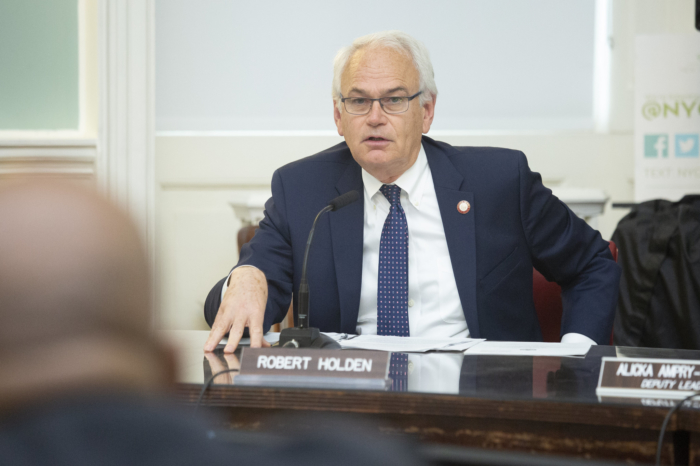BY CITY COUNCIL SPEAKER CHRISTINE QUINN
America’s middle class has faced decades of decline. A recent study by the Pew Research Center shows that only 51% of Americans are middle income today, down from 61% in 1971. Meanwhile, the net worth of middle class families has fallen 28 percent in the last 10 years.
In urban America, that middle class squeeze is exacerbated by a growing affordability crisis. Here in New York, the City Council just released a report that details some troubling trends. Unemployment rates for our middle class are the highest they’ve ever been at this stage in an economic recovery. Jobs paying middle class wages are increasingly scarce, and costs are rising much faster than incomes.
I believe there are concrete steps New York City can and must take to preserve and strengthen our middle class – steps that can lead the way for other cities facing similar challenges.
First we must address the costs that make cities like New York so expensive for middle class families.
That’s why I’ve proposed the single largest middle income housing construction program in two generations. Over the next 10 years my plan would create 40,000 new apartments for middle class families. We can do this by taking advantage of interest rates and federal mortgage rates that are at all-time lows, and by making better use of capital funds that already exist within the city’s budget.
Through state legislation called the Permanent Affordability Act, we can create a new tax incentive for building owners that agree to keep apartments affordable after their initial protections expire. And we’ll be able to use a similar structure to convert existing market rate housing to affordable units, especially in neighborhoods that don’t have room for new construction.
Now rent isn’t the only expense that’s putting a burden on working families. New York City has the highest child care costs in the country – over $19,000 per year on average.
That’s why we need a Middle Class Child Care Tax Credit. This credit would be available to more than 90,000 additional families, anyone making up to $150,000 a year. It will build on existing state and federal credits – so a family with two children making $75,000 a year will receive a total annual benefit of $2,040.
The second part of this effort must focus on creating good jobs and making sure workers have the skills they need to enter the job market of the 21st century.
This will require an economic development strategy that works community by community, block by block. At the same time I’ve proposed a thoroughly reinvented workforce development system that’s driven by real world demand and rewards lasting results. Our people are the biggest strength we have when it comes to job creation, with many companies saying that workforce quality was their #1 consideration when deciding where to locate new offices. If New Yorkers have the right skills, the jobs will follow.
This is a moment of great difficulty for our middle class, but also great possibility. We will not allow middle class families to get priced out of the neighborhoods they helped build. We will keep New York City what it has always been – a place where opportunity is given, not just to those who can afford to buy it, but to those willing to work for it.
Elected Speaker in 2006, Christine Quinn has negotiated city budgets, reducing government spending, and preventing firehouse closings, teacher layoffs and cuts to key services.
RECOMMENDED STORIES
































